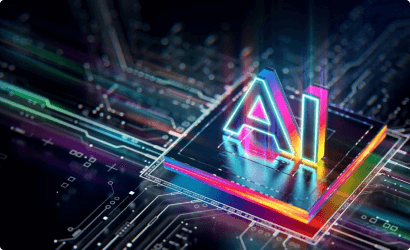AI in Industrial Welding and Precision Manufacturing
Welding is a critical process in industrial manufacturing, requiring extreme precision and consistency. AI-powered robotic welding systems have revolutionized the industry by reducing defects, increasing efficiency, and enhancing workplace safety.
AI-driven welding robots use machine learning, real-time data analysis, and computer vision to adjust welding parameters dynamically. These systems analyze factors like material thickness, joint position, and heat distribution to optimize each weld. By continuously monitoring the welding arc and analyzing infrared thermal images, AI can detect inconsistencies and make real-time adjustments to ensure the highest quality standards.
One of the key benefits of AI in welding is adaptive learning. Traditional welding robots follow pre-set instructions, which may not always account for variations in materials or environmental conditions. AI-powered systems, however, can adjust voltage, speed, and pressure based on real-time feedback, leading to stronger and more precise welds.
Another crucial application is defect detection and correction. AI systems can analyze microscopic flaws such as cracks, porosity, and weak joints. If a defect is detected, the system can automatically correct it or flag it for manual inspection. This ensures that products meet industry standards without requiring extensive human intervention.

